“The cold makes you go within.” — Wim Hof
As we discussed in Part 1, the impressive list of potential physical benefits should warm you up to the idea that cold exposure is worth a try. However, if you’re still a bit hesitant, we have some really exciting news…
The physical benefits don’t fully reflect the most important reason why cold training is a practice worthy of a daily habit.
Regularly embracing the cold is not just a ‘biohack’ that may benefit our physical health. It also has impressive impacts on mental health. When approached in the right way, cold exposure is a small practice that can have sweeping implications across all aspects of our life.
Read on to learn more about the mental benefits of cold thermogenesis.
Cold Therapy Mental Benefit #1: Boosts Confidence and Self Esteem
Most of us experience some level of self-doubt and insecurity in our lives. While these feelings can be natural responses to growth, when not addressed, they can leave us feeling unsure of ourselves and our ability to deal with difficult things.
Improving confidence and building self-esteem is a process that takes time. However, cold exposure therapy can be a powerful method to incorporate into your self-esteem toolbox. Jumping into cold water, despite all the discomfort it can cause, can teach us a number of things about ourselves:
- Inner strength, grit and resilience can be trained.
- We are capable of doing difficult, uncomfortable and seemingly impossible things.
- And, we learn that our cold training practice gives us an algorithm for embracing other life challenges.
Every time we take the plunge, we lay a brick to the foundation of the person we are building and want to become...and it feels fantastic!
Through embracing the cold, we can learn to believe in ourselves, our ability to adapt and grow, and trust we have the strength and courage to do hard things.
Cold Therapy Mental Benefit #2: Enhances Emotional Regulation
“The more voluntary suffering you build into your life, the less involuntary suffering will affect your life.” — Tim Ferriss
Here’s a little cold thermo secret…
Even advanced cold exposure practitioners who have been training for years still feel resistance to getting in the cold.
After all, our biology wants to remind us that the cold is a powerful and deadly force that should be feared. Agitation, dread, anxiety or any derivative of fear is our body’s way of alerting us to a threat and telling us to avoid it.
This response never goes away. However, with practice, we can get better at managing it.
By teaching ourselves to be in control of our mind, even when working against built-in responses, we can develop the ability to act in alignment with our values, and not be constantly jerked around by our emotions.
This, my friends, is a superpower.
Additionally, being able to sit with intense emotions teaches us that, like the initial cold shock, these sensations rise, crest and then fade. Our feelings and emotions can be endured, no matter how strong they may seem.
With practice, we become the type of person whose aspirational identity and values drive our behavior as opposed to allowing our feelings to run the show. It’s a small but powerful revolutionary act of defiance against our feelings that builds grit, discipline, integrity and self-efficacy.
Cold Therapy Mental Benefit #3: Helps Us Step Into a Growth Mindset
Humans are hardwired to pursue comfort and avoid discomfort. In our modern environment, this amounts to a life limited by our “comfort zone.”
In order to stay within our comfort zone, we develop sophisticated avoidance strategies that are the drivers behind our most shameful and destructive patterns. These patterns include:
- Putting off healthy habits
- Avoiding difficult conversations
- Becoming consumed by busywork
- Ignoring important problems that need attention
- Seeking distractions when overwhelmed or anxious
- Overindulging in comfort food, drugs and alcohol, entertainment, and other unhealthy self-soothing strategies
By training in the cold, we learn to step far outside our comfort zone, and into a mindset of growth.
Instead of turning away from discomfort, we learn to open to it. We reprogram ourselves to seek it out and use it as fuel. Our mantra becomes, “Bring it on!”
Instead of seeing challenges as threats, we train ourselves to view them as opportunities — comfort-zone off-ramps that lead us closer to our potential.
Instead of procrastinating, avoiding, or numbing ourselves, we take bold action in the direction of who we want to become.
However, improved self-esteem, emotional control and mindset shifts aren’t just app updates that automatically get installed with a cold plunge reset.
These are skills that need to be deliberately cultivated with a mindful approach, and a commitment to applying the principles of cold training to other areas of your life.
Here’s how you can use the power of the cold to cultivate these ‘mental fitness’ skills.
How to Use Cold Therapy as Mental Training
When we use cold thermogenesis as mental training, the goal is to voluntarily activate our sympathetic nervous system so we can train ourselves to stay calm and in control under stress.
With practice, we will learn to “hold the pose”, embrace the discomfort and breathe through it as opposed to avoiding it, overreact or run from it.
What makes the cold so special is that it activates fight, flight, or freeze in a safe and controlled environment. No other stressor can do this to quite the same degree. It’s also safe enough to be practiced daily.
Here are eight steps to maximizing the mental upside of your cold thermo practice:
- Commit to a cold exposure practice that evokes some type of resistance.
- When it’s time to take the plunge, notice the resistance and observe the habitual pattern. Do you procrastinate? Do you look for excuses to skip it? Do you rationalize why skipping it is a good idea?
- Explore the physical sensations of fear and resistance. Is there a contraction in your chest, throat, belly or all of the above? Is there a breathing pattern associated with the feeling? Is your breath shallow or deep? Fast or slow?
-
At this point, note that you’ve defaulted to a comfort zone mindset and consciously shift your appraisal of the cold from a threat to an opportunity.
- Attempt to release and relax your contracted parts. Slow and deepen your breath.
- Change your emotional posture from one of fear to one of courage. Connect to your deepest reason for choosing to do this.
- Repeat a mantra like, “Bring it on!”, or “The cold sets me free!”.
- Train yourself to take the plunge in spite of your fear and resistance.
- Once you’re in the water, breathe through the cold shock. Notice the impulse to flee rise, crest then fade. Commit yourself to experience that full cycle.
- When you’re done, take the time to congratulate yourself. Savor the self-satisfaction and sense of achievement of taking a step towards becoming your best self. Also notice how great your body feels! With regular practice, you’ll find that the way you feel in your body and about yourself after a cold thermo session is nearly impossible to replicate in any other way.
- Once you’ve gained some momentum with your cold thermo practice, challenge yourself to apply the principles to an area of your life where you’re stuck inside of your comfort zone and know that your best self and best life are waiting for you on the other side.
This practice can be applied to any kind of habit formation, training, work challenge and even interpersonal relationships — any context where your M.O. is to play it safe and avoid discomfort.
Ki Points
Many of us are initially drawn to cold exposure as a means of improving physical health, but quickly become aware of its capacity to uplevel the quality of our lives in many profound ways.
With a mindful approach to a cold practice, we can harness life-changing mental benefits, including:
- Improved self-confidence and self-esteem
- Better emotional regulation, and…
- Development of a growth mindset
And while cold thermo is not an alternative to therapy, it can be an extremely powerful and transformational intervention that’s free, simple (but not easy) and accessible to nearly everyone.
How has cold exposure transformed you? Tell us in the comments!
Want to give cold training a try? Already have a practice but want some camaraderie and inspiration? Sign up and join Team Kion for a free 5-day Cold Thermo Challenge starting August 2nd!
When you join the Challenge, you'll get a comprehensive eBook that will teach you everything you need to know to get started and guide you through the journey. In addition, you’ll get the support of other experts, including:
- Jesse Coomer, Wim Hof Method Instructor
- Angi Fletcher, model, triathlete, and biohacker
- Ben Greenfield, New York Times Best Selling Author and health and fitness expert
- Scott Carney, evolutionary cold exposure expert and author of The Wedge and New York Times Best Seller What Doesn’t Kill Us
Sign up for free today to get access to exclusive expert content and the free eBook, Cold Thermo Unearthed.



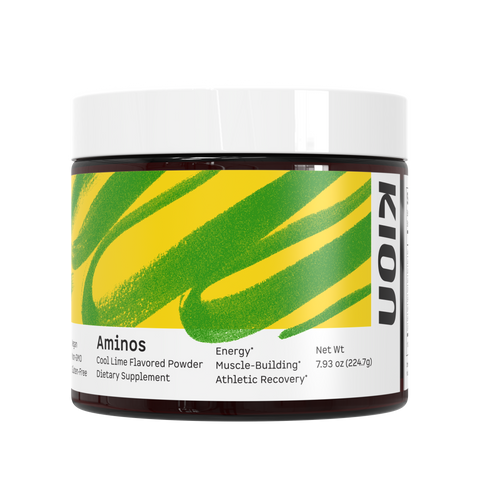
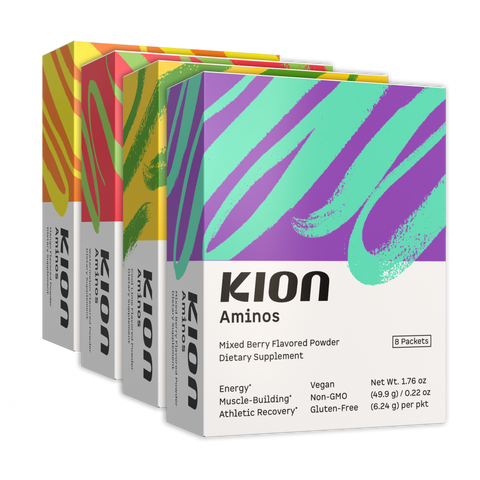
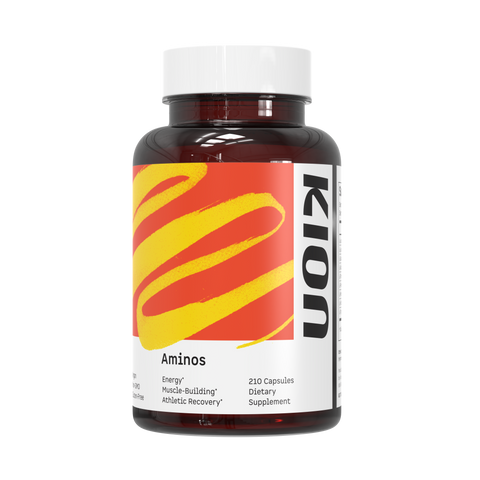
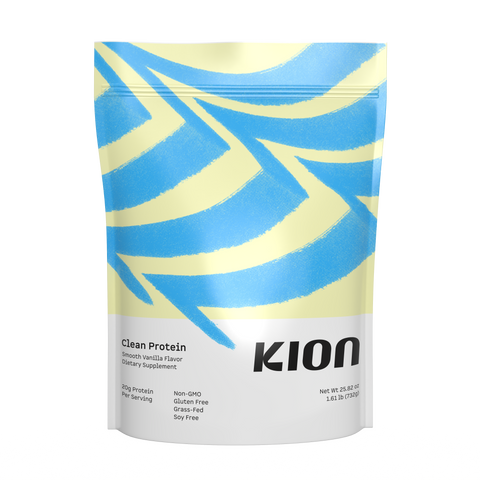
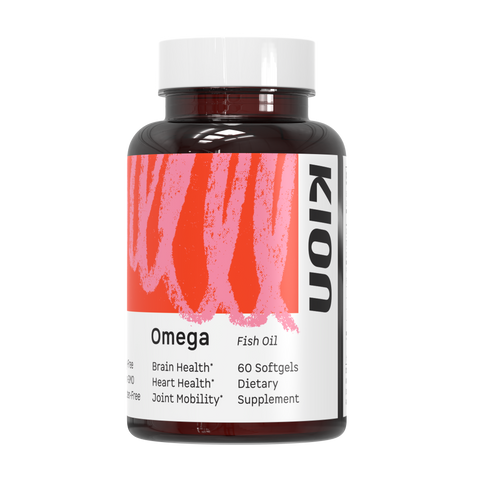
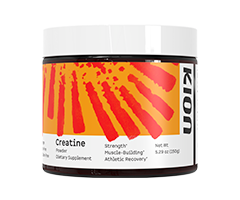
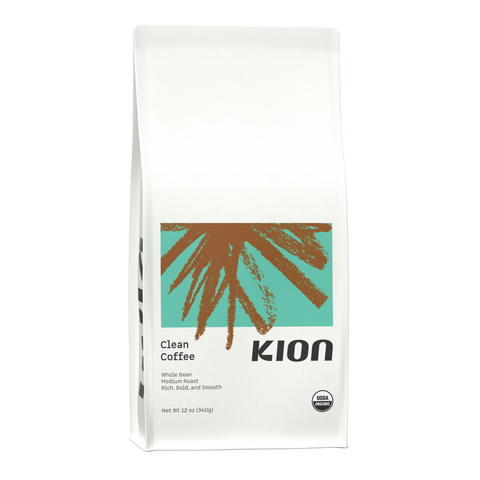
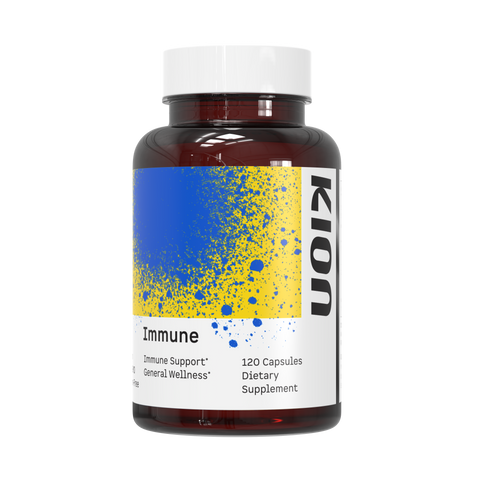


Comments
Great post. And I can personally attest. I was drawn to the cold for the physical benefits because they made logical sense. I am addicted to the cold because of the mental emotional spiritual benefits manifested in submission to it.
4 months in but my mind is awaking further faster with cold. .. had to chime in .. thanks for a great post yet again. Marty
Martin Clermont on
I swim in the ocean all year round, summer and winter. After a hot shower I always finish with a “cold blast”. It makes you feel GREAT !
Deane Scadding on
sounds good to me
Roger on